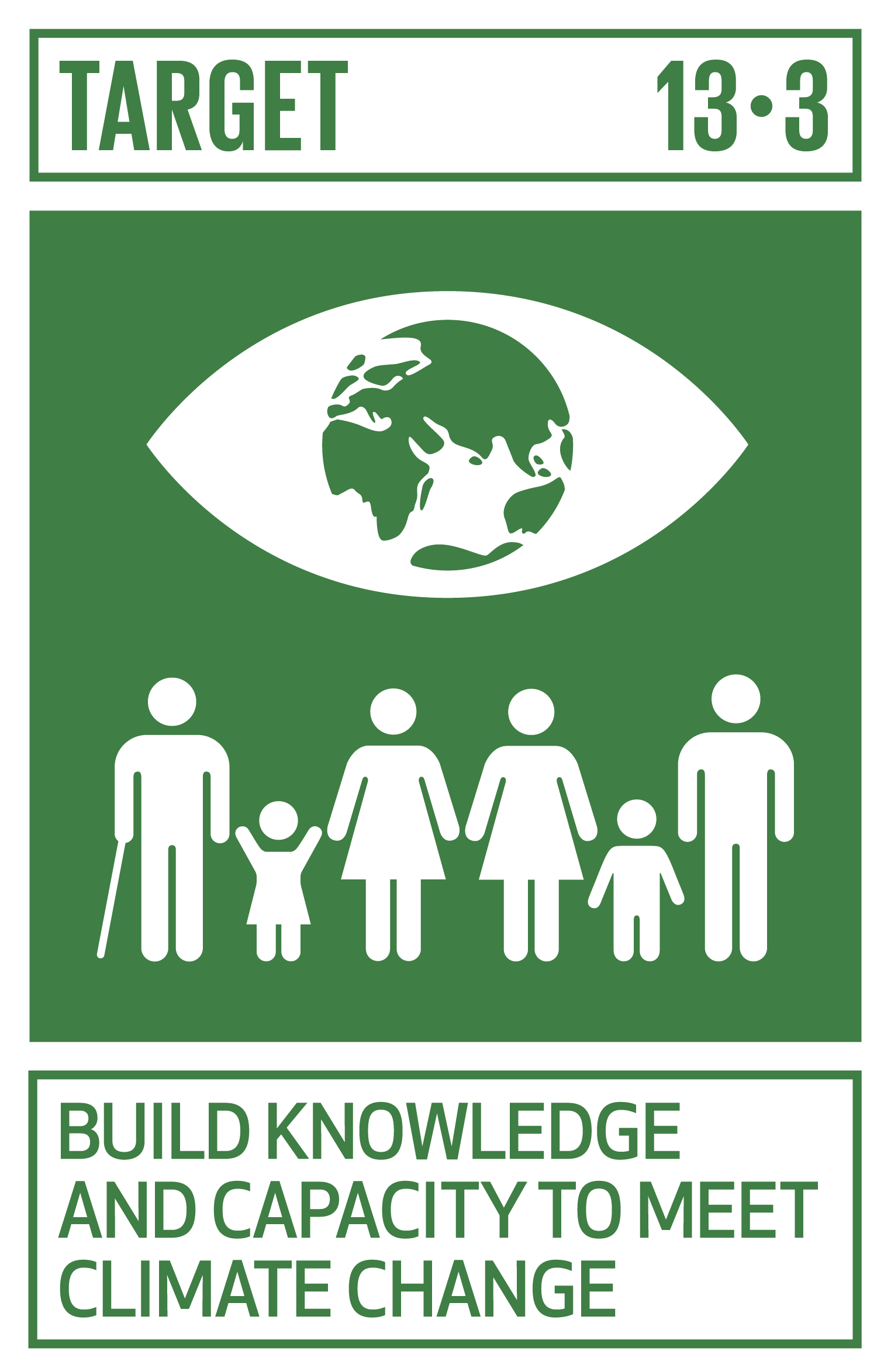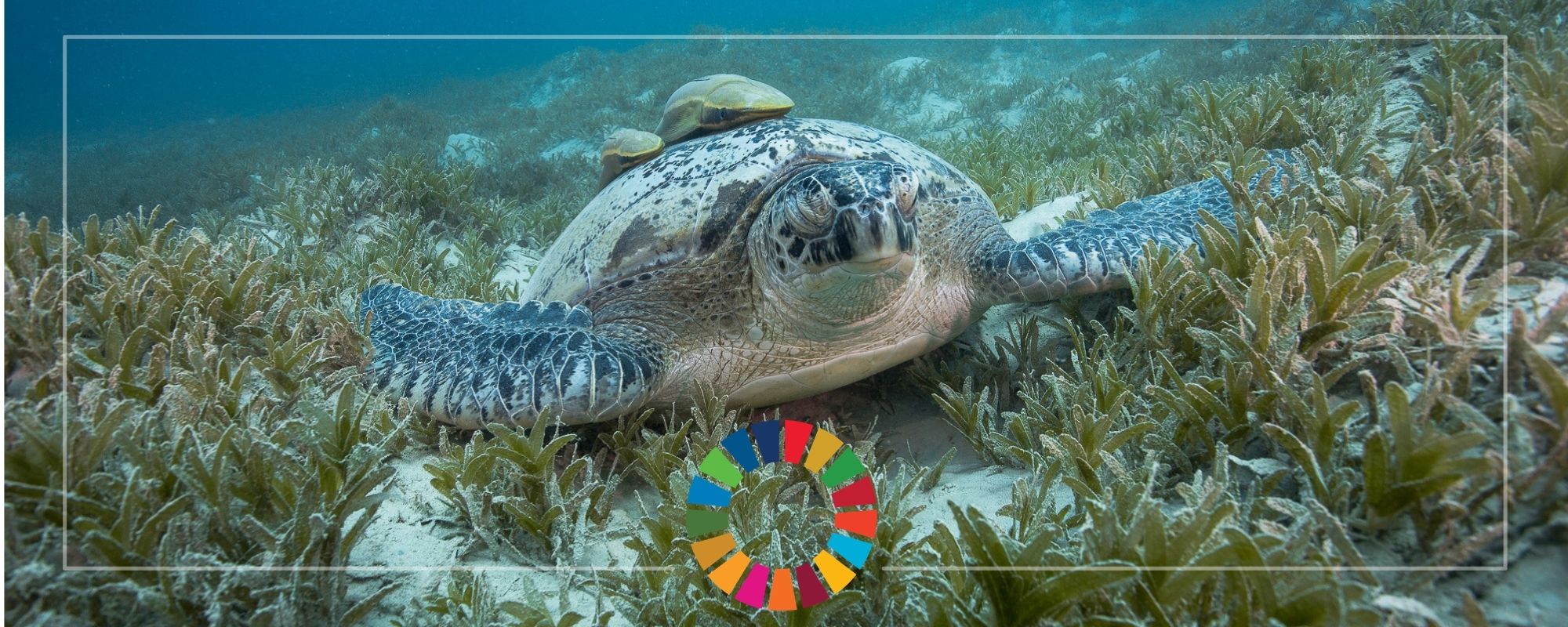
Henry Ford once said, “Setting goals is the first step in turning the invisible into the visible”. It has been long known that setting well-defined goals helps motivate people to achieve them. In 1990, after decades of studies on motivation, pioneering psychologists Dr Edwin Locke and Dr Gary Latham published their Goal-Setting Theory, focusing on what motivates employees in the workplace. So, how does one motivate entire countries to commit to large changes in order to end poverty, establish global peace and save the environment?
This is where the United Nations’ Sustainable Development Goals (SDGs) come in. Sustainable Development is defined as “development that meets the needs of the present without compromising the ability of future generations to meet their own needs” 1. The SDGs, also known as the Global Goals, are a set of 17 detailed, highly ambitious goals that were adopted by all UN member countries in 2015, serving as a united call to action against complex socioeconomical and environmental problems by 2030, such as poverty, climate change and gender discrimination. The SDGs are also integrated, meaning that they take into account that actions of one country or region will have positive or negative effects on other regions.
The SDGs are bigger than just government action – they require each and every one of us to partake in the waves of change in order to achieve them by 2030. To mark Biodiversity Day 2021, let’s explore how Healthy Seas is part of the solution #ForNature, by aligning its activities with the SDGs, through the following actions and achievements.
 SDG 12 – Responsible Consumption and Production
SDG 12 – Responsible Consumption and Production
When referring to waste, we often use the phrase ‘throw away’. So, where exactly is ‘away’? According to a report by the World Bank Group, 36.6% of solid waste worldwide builds up in landfills, 11.1% is incinerated and only 13.5% is recycled 2. The rest is left to degrade in open dumps, often harming the natural environment in the process. Fishing nets, which are made primarily of plastic, can take up to 600 years to break down3.
Through cleanups with volunteer divers and by working with stakeholders of the fishing sector toward marine litter prevention, Healthy Seas collects waste nets and ensures they become a valuable resource through a sustainable, circular economy model. Aquafil, one of our 3 founding partners, recycles old fishing nets with other nylon waste into ECONYL® yarn which is used by other partners to make new products.
SDG 13 – Climate Action
End of life fishing gear, if not lost at sea, is sent to landfills or incinerated, adding to the large amount of greenhouse gases released into the atmosphere globally.
By ensuring old fishing gear is recycled, Healthy Seas actively helps reduce carbon emissions and fight climate change . This fight includes two main pathways: i) removing waste and ii) reusing what is already available, rather than producing more plastic from fossil fuels – the main culprit of global warming.
Ghost Diving volunteer divers retrieve ghost nets, which are then recycled by Aquafil, together with other nylon waste, to create ECONYL® yarn. As well as being a solution on waste, ECONYL® regenerated nylon reduces the global warming impact of the equivalent material deriving from crude oil, up to 90%4!
What’s more, as part of climate change mitigation, Healthy Seas works on raising awareness of the problem of ghost nets and promoting a circular economy. Operational partner Nofir, provides fishermen an ‘Environmental receipt’ and ‘Net dismantling report’ upon recycling their old nets, to explain the positive outcomes their actions have towards reduced fossil fuel consumption and reduced CO2 emissions.
SDG 14 – Life Below Water
SDG 15 – Life on Land
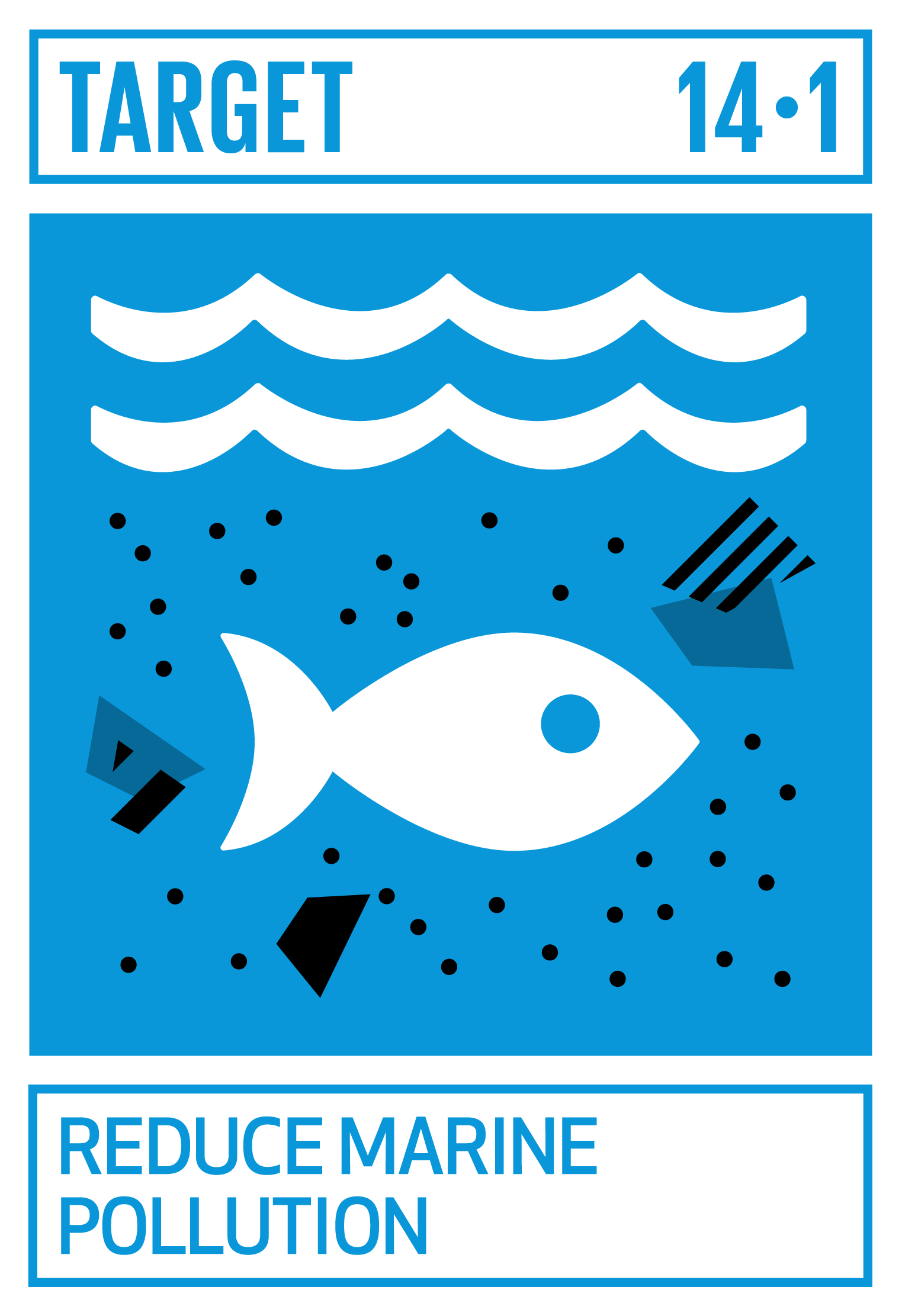
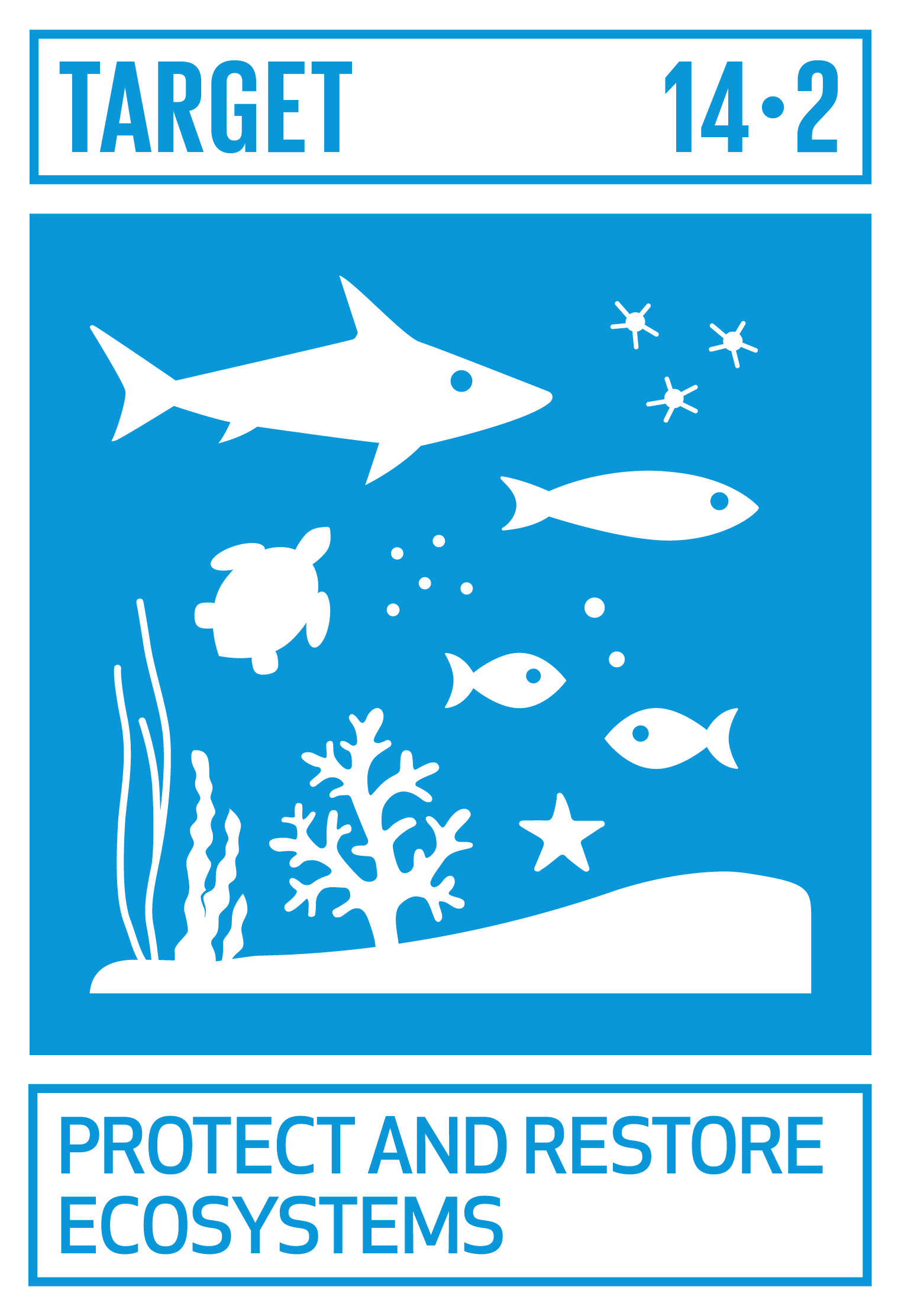
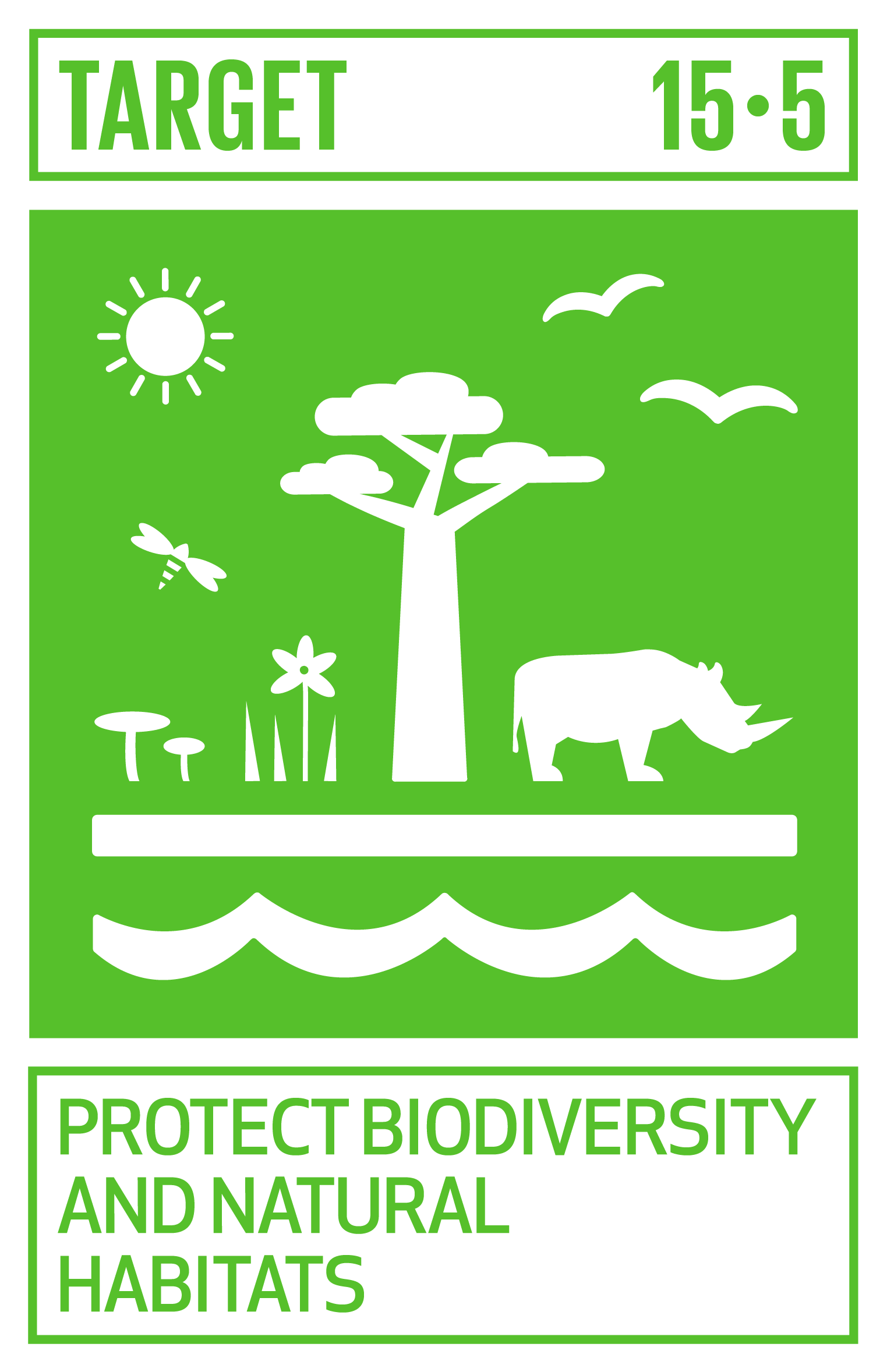
These 3 targets (14.1, 14.2 and 15.5) are precisely the core mission of Healthy Seas. Between 2013, when established, and 2020, Healthy Seas has collected 585 tons of lost or discarded fishing nets, thus safeguarding millions of animals from being entangled and/or killed.
According to a scientific report, marine debris affects 66% of marine mammals (e.g. whales, dolphins, seals), 50% of seabirds (e.g. Northern gannets), and all species of marine turtles. It is estimated that 10% of all marine litter entering the ocean is comprised of fishing gear, which is the deadliest form of debris for wildlife. 5 In 2020 alone, Healthy Seas engaged with 950 fishermen and fish farmers to raise awareness on ocean pollution and litter (SDG target 14.1).
SDG 17 – Partnerships for the Goals
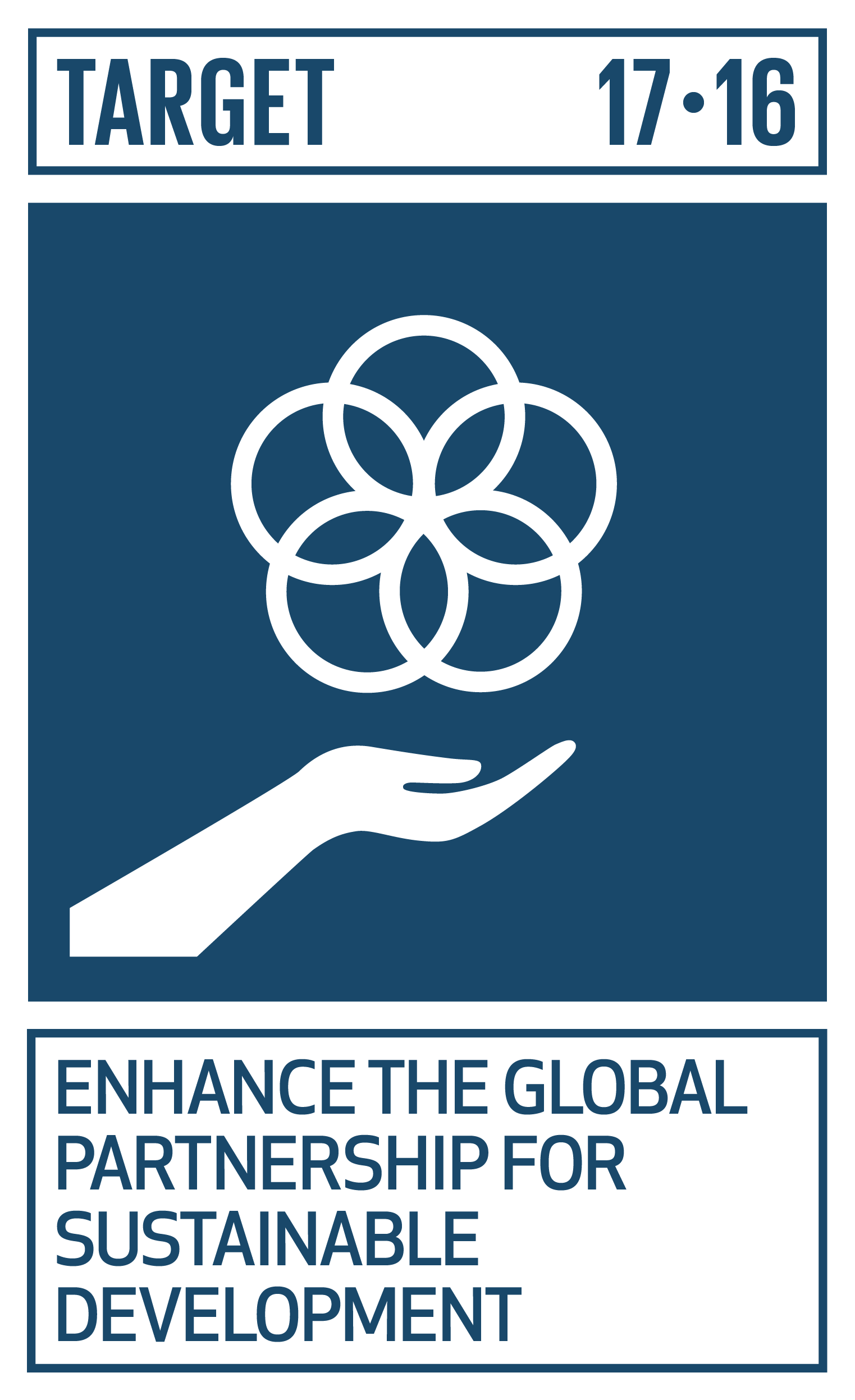
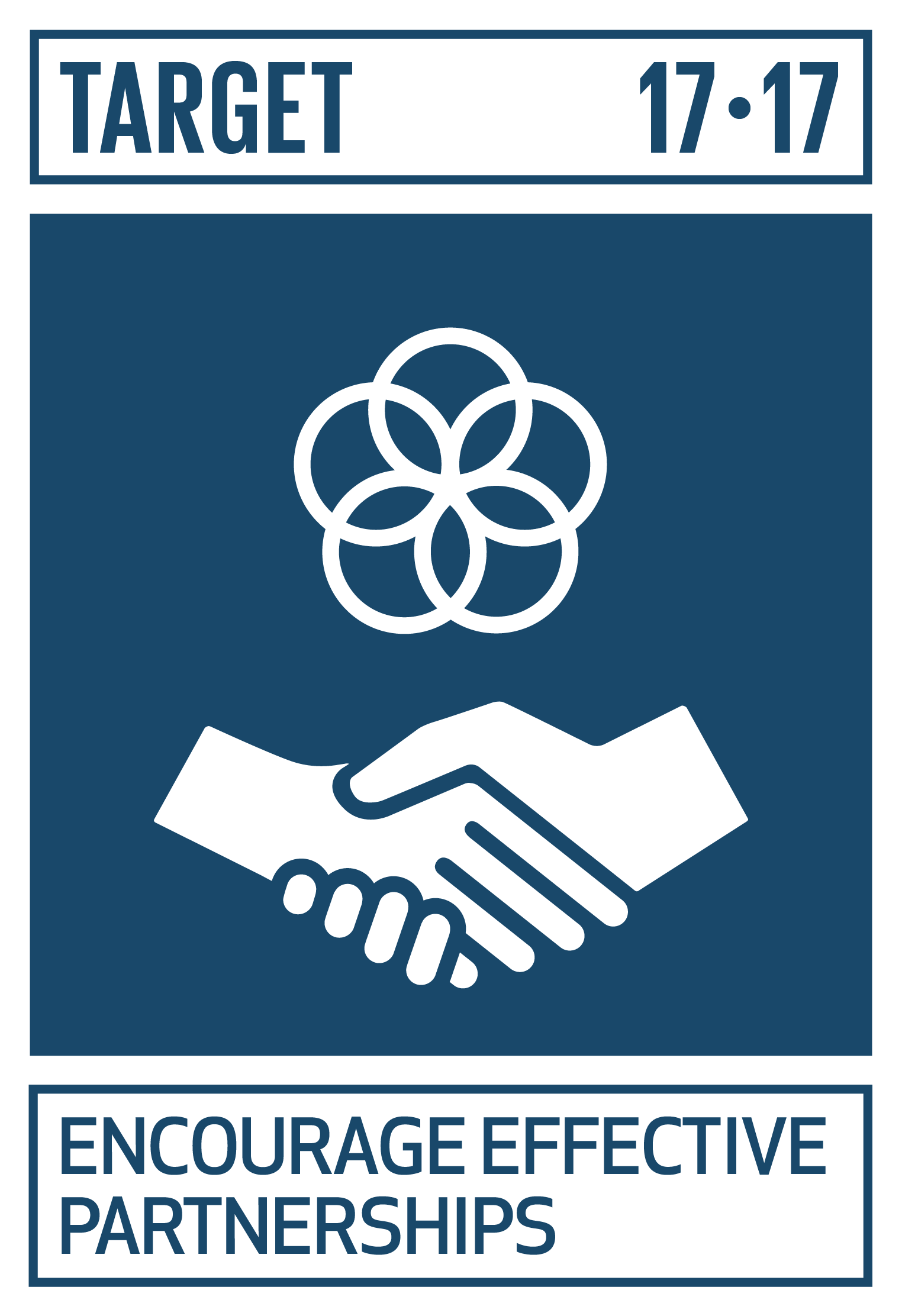
Healthy Seas now works with over 90 partners, across both the industry and non-profit sector. Every year, there is a sharp increase in the number of businesses and organisations that join the fight against ghost nets, by providing financial resources, the technology and expertise to recycle nets or raising awareness by using ECONYL® yarns in their products.
Working across five regions – the North Sea, the Mediterranean, the Adriatic Sea, the Pacific Ocean and recently the Red Sea, Healthy Seas also acts as a knowledge sharing platform between developed and developing countries.
Healthy Seas’ activities also touch upon other SDGs, such as SDG 4 – Quality Education, through its educational programmes for kids and adults; SDG 10 – Reduced Inequalities, through work with a multicultural and diverse team of staff, volunteers and partners; and finally, SDG 11 – Sustainable Cities and Communities, through fishing gear waste management and safeguarding shipwrecks of important historical heritage from ghost net build-up.
The Covid-19 pandemic has caused a significant setback to the SDGs. Despite this, we have very big goals to achieve by 2030, such as protecting 30% of the global ocean (known as the ’30by30’ initiative), which is why it is absolutely vital to actively align our actions with the SDGs.
By Gala Podgornik
Marine Biologist & Conservationist
- Brundtland, G. (1987). Report of the World Commission on Environment and Development: Our Common Future. United Nations General Assembly document A/42/427.
- World Bank Group (2018). What a Waste 2.0, a Global Snapshot of Solid Waste Management to 2050
- UNEP
- Aquafil
- Kühn, S., Rebolledo, E. L. B., & van Franeker, J. A. (2015). Deleterious effects of litter on marine life. In Marine anthropogenic litter (pp. 75-116). Springer, Cham



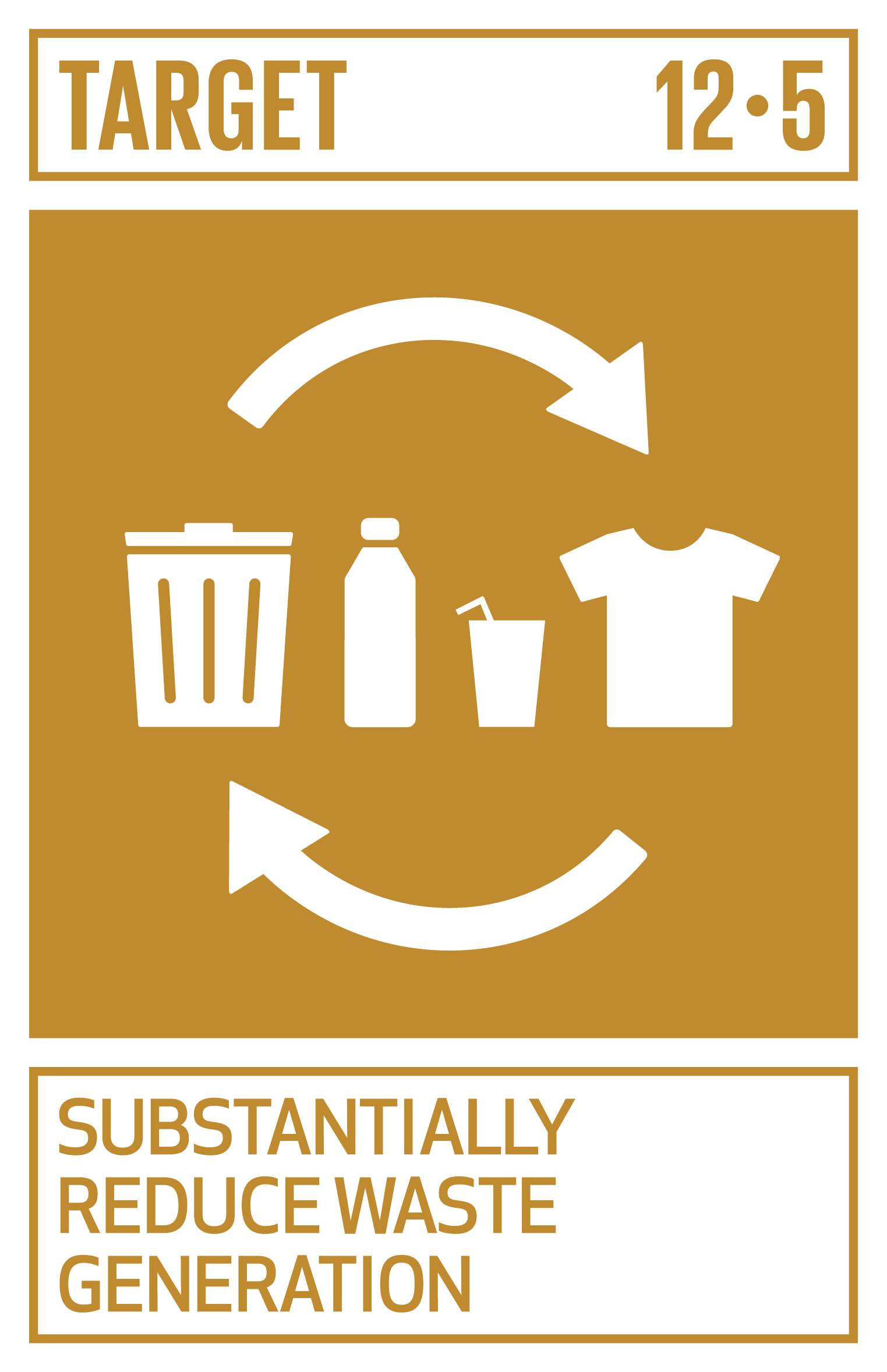 SDG 12 – Responsible Consumption and Production
SDG 12 – Responsible Consumption and Production